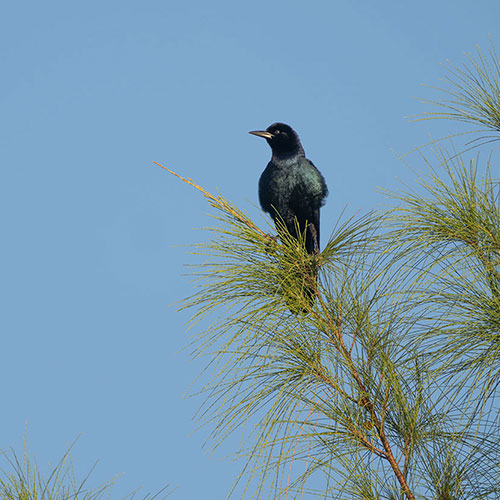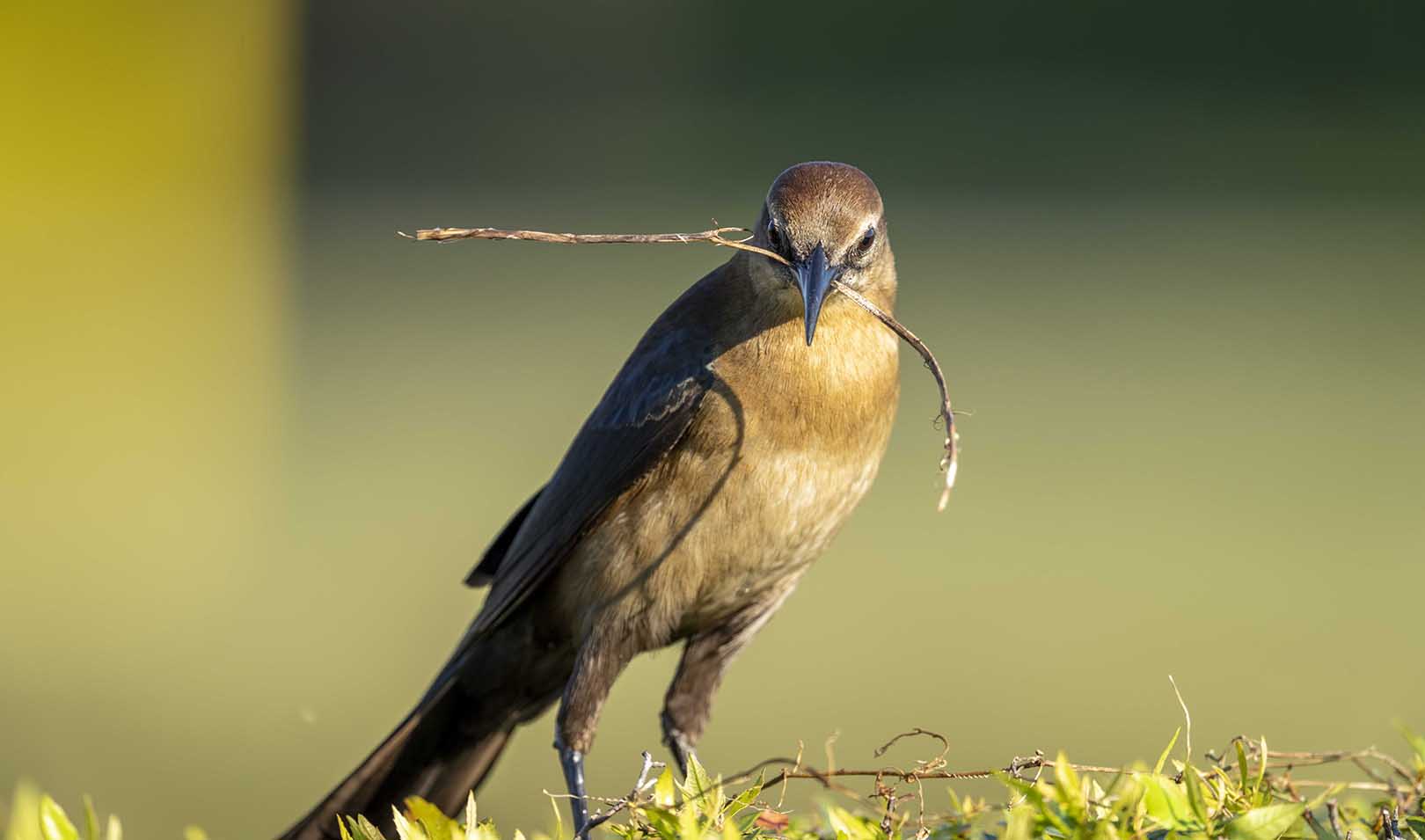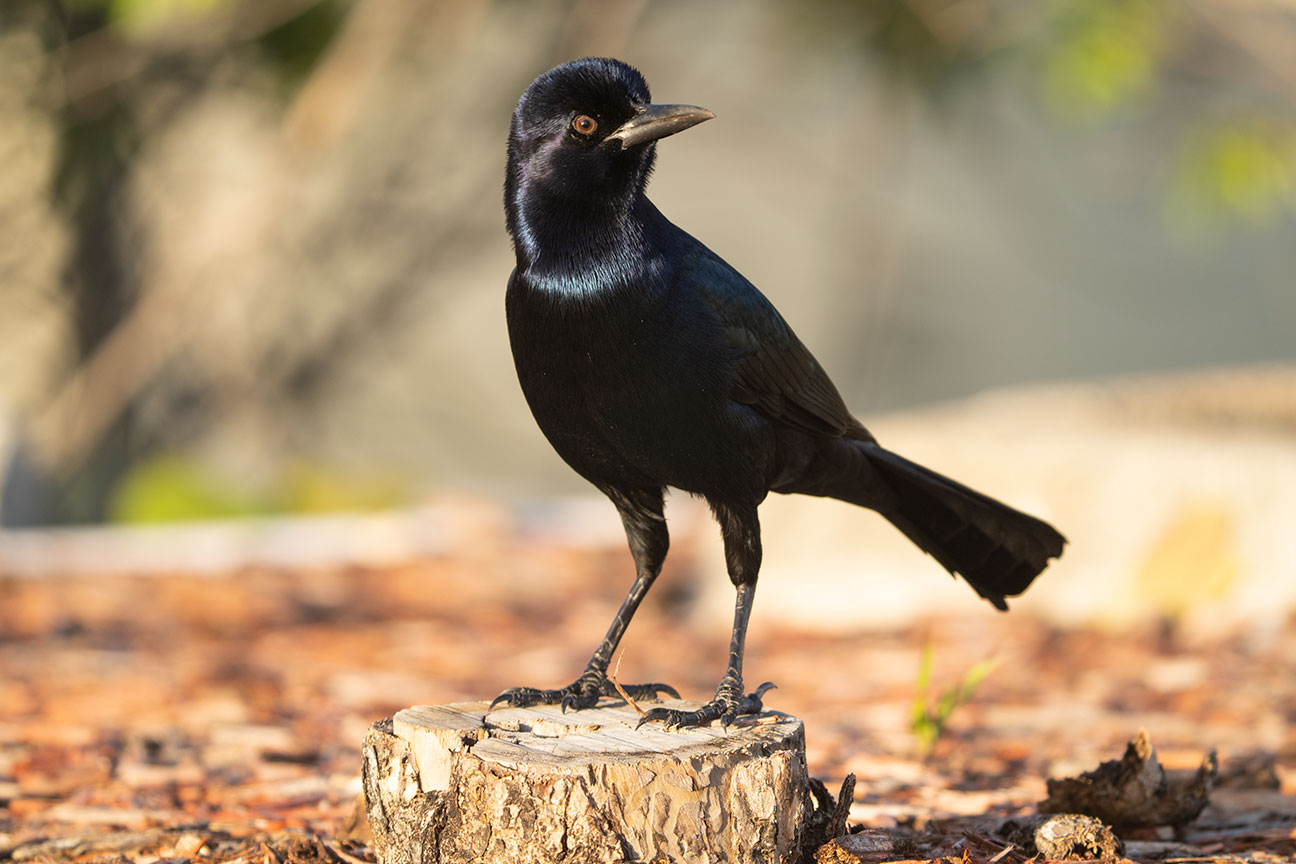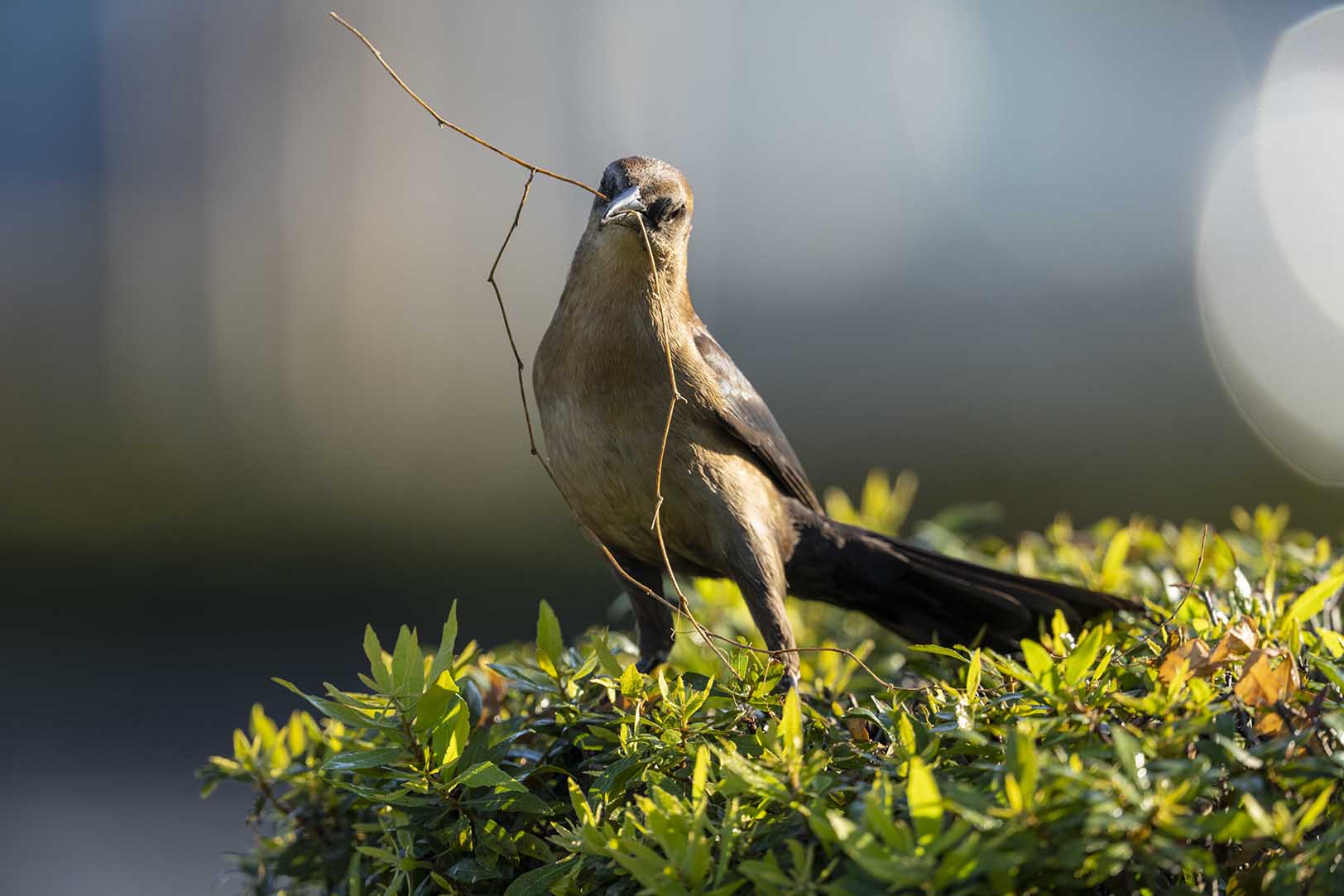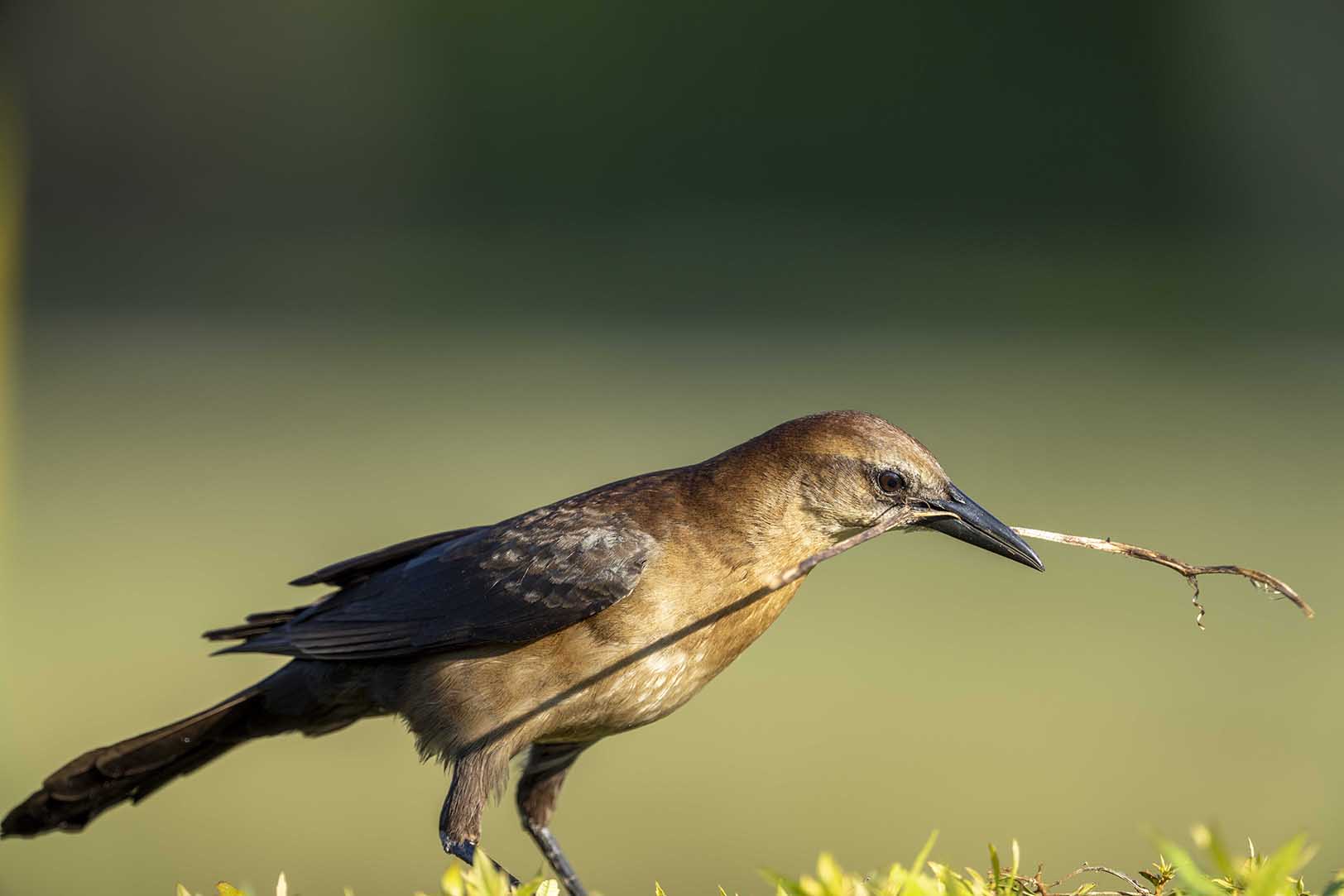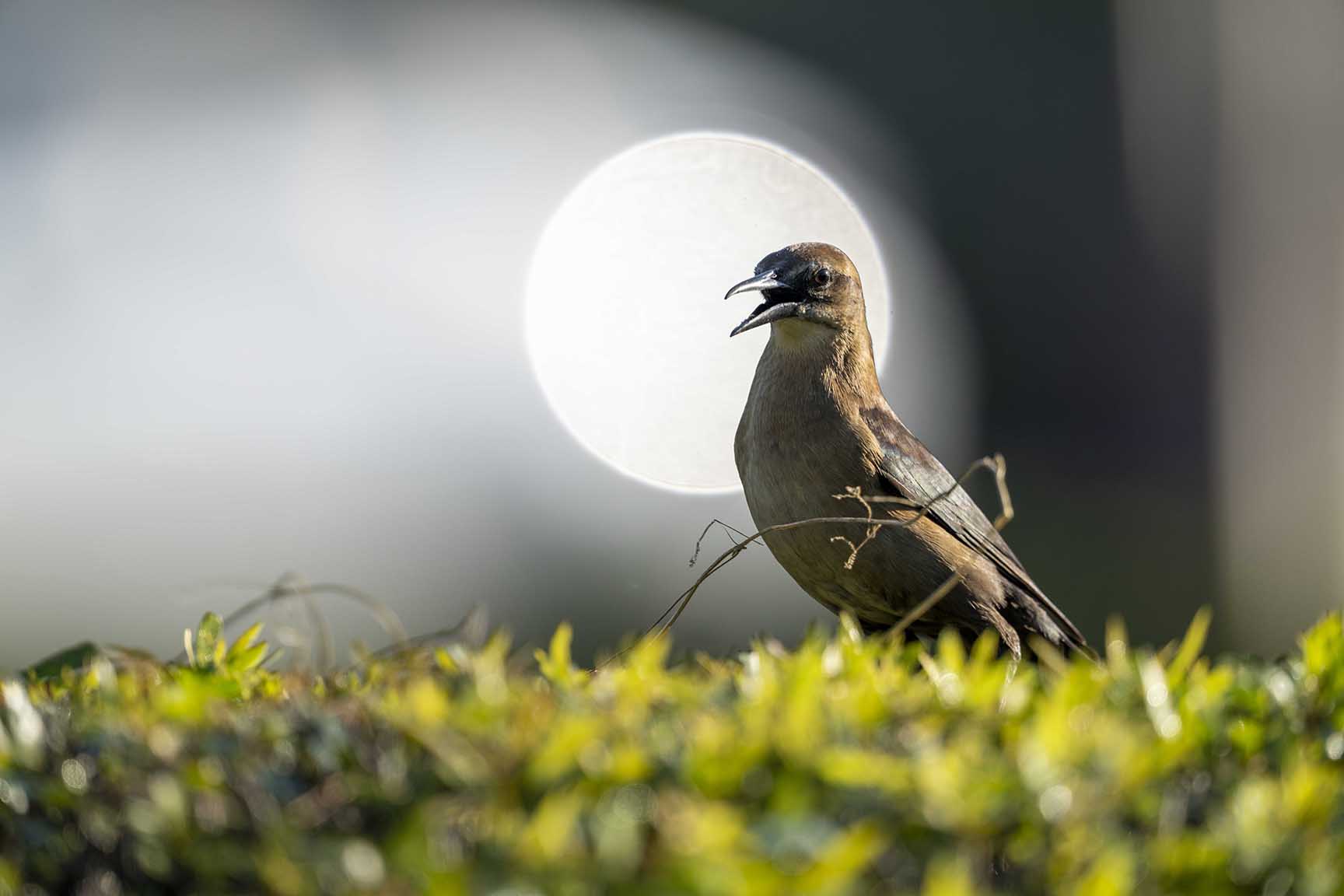
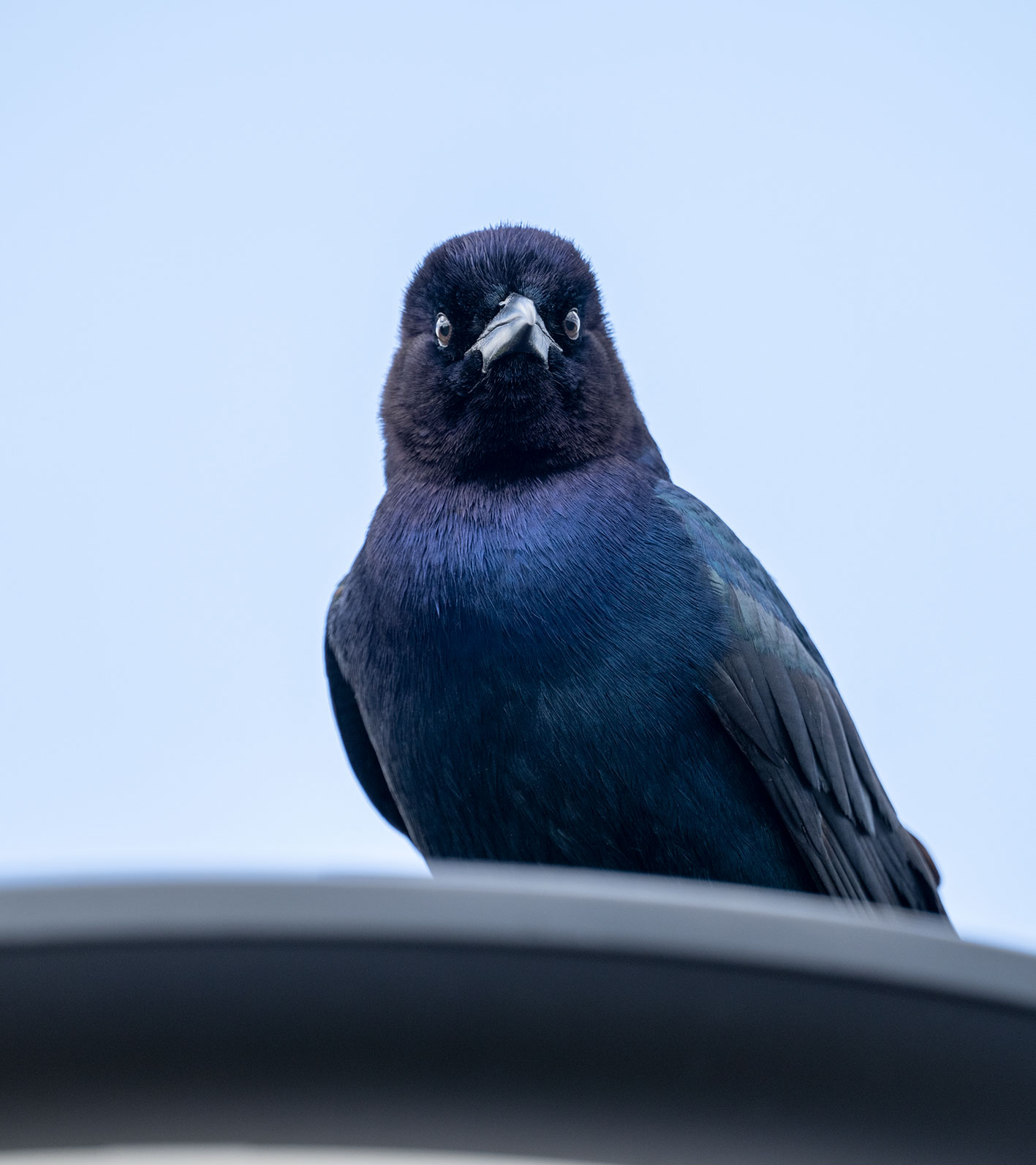
Grackle
Grackle | South Florida
| INFO | DATA |
|---|---|
| Family |
Icteridae (New World Blackbirds) |
| Class |
Aves (Birds) |
| Species |
Quiscalus quiscula (Common Grackle) |
| INFO | DATA |
|---|---|
| Length |
11 - 14 inches (28 - 36 cm) |
| Wingspan |
15 - 18 inches (38 - 46 cm) |
| Weigh |
2.6 - 4.6 ounces (75 - 130 grams) |
Characteristics: The Common Grackle is a large and striking black bird found throughout much of North America. They are known for their glossy plumage and iridescent blue and purple feathers on the head, back, and tail. They are typically found in wooded areas and near bodies of water, and are often seen in large flocks. They are omnivorous and will eat a wide range of food, including insects, seeds, and fruits.
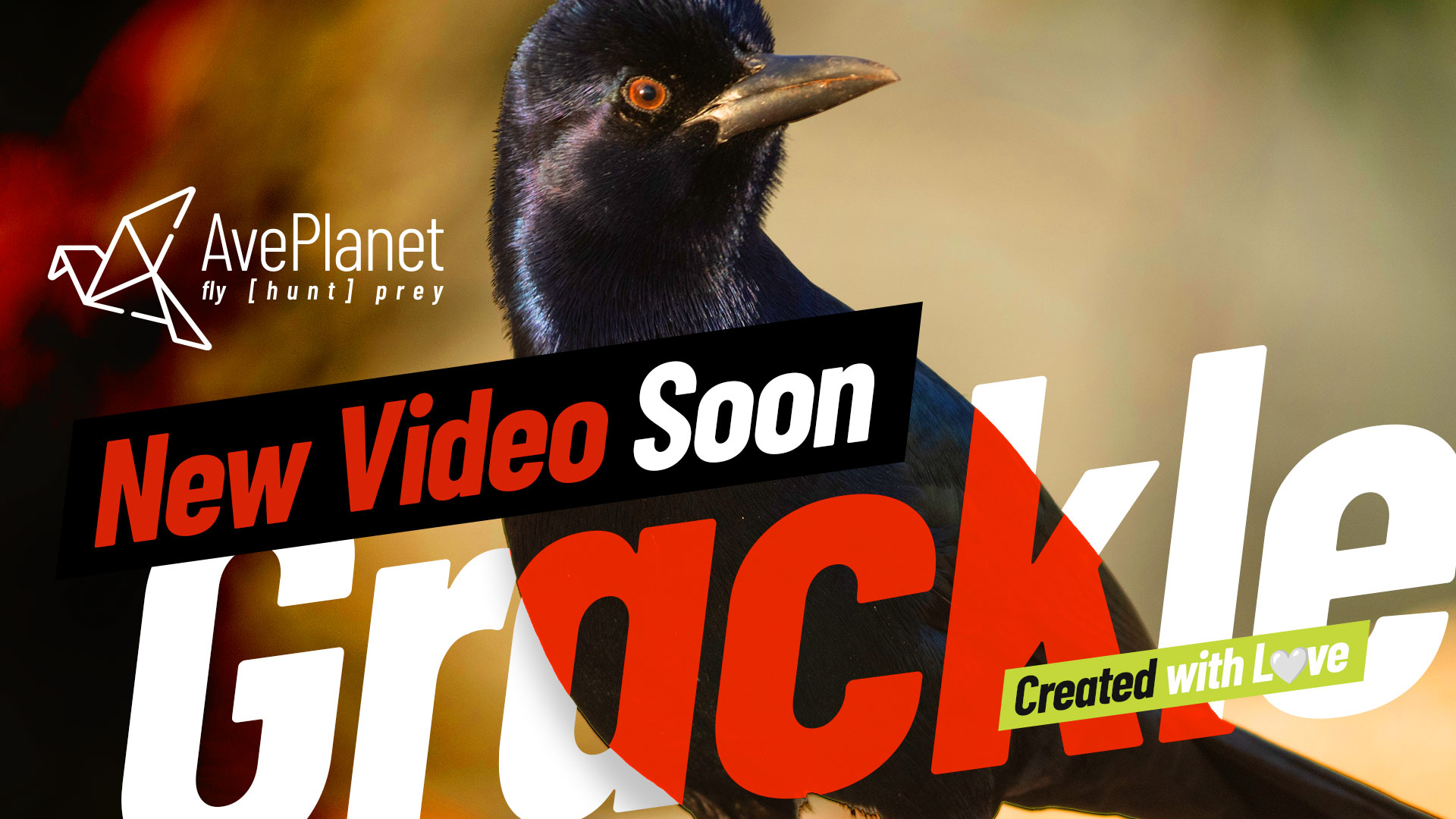
INTERACTIVE
Draw, Experience and Learn
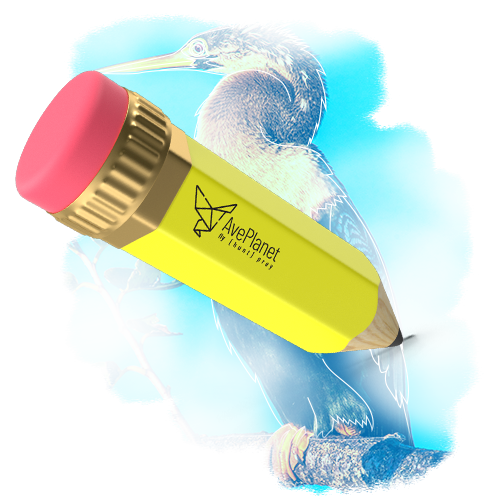
Draw The Grackle
1. Download the: Drawing Template
VIDEO GUIDEMake sure you have paper, color pencils, and a lot of fun

Activate the Hologram
Scan the QR on your phone
OPEN QRMake sure you have the AvePlanet HoloPyramid or ask for one
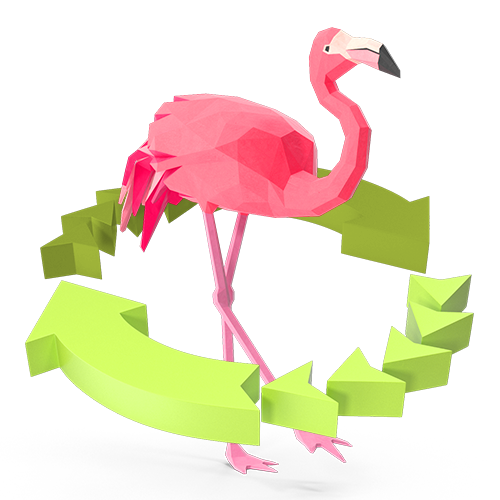
Our 3D Experience
Interactive Explore the Species
GO PLAYExplore the 3D model in detail, discover interesting secrets.
Habitat
Where does it live?
The Common Grackle can be found throughout much of North America, from southern Canada to northern Mexico. They are typically found in wooded areas and near bodies of water, such as marshes, swamps, and lakes. They are also commonly found in urban and suburban areas, and can often be seen in parks, gardens, and other open spaces. They are adaptable birds and can thrive in a wide range of habitats, from wetlands to grasslands.
Distribution: They are known to be able to survive in a variety of conditions and have been able to adapt to human-modified environments.
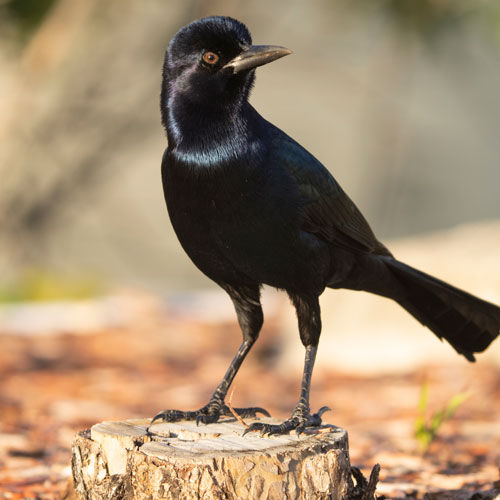
Food
The Anhinga is a great fisher!
The anhinga is a piscivore. Smaller, flatter-sided, slower moving fish make up most of its diet. It also consumes crustaceans (crayfish, shrimp) and aquatic insects. In Florida, it takes caiman hatchlings
The grackle engages in intriguing feeding cycles. With its sharp beak, it forages for insects, fish, berries, seeds, and even preys on smaller birds. Forming large flocks, they exhibit synchronized movements, swooping down to snatch food in a synchronized frenzy. Witness the captivating spectacle as grackles navigate their feeding cycles with precision and coordination, showcasing their adaptability and resourcefulness in securing nourishment.
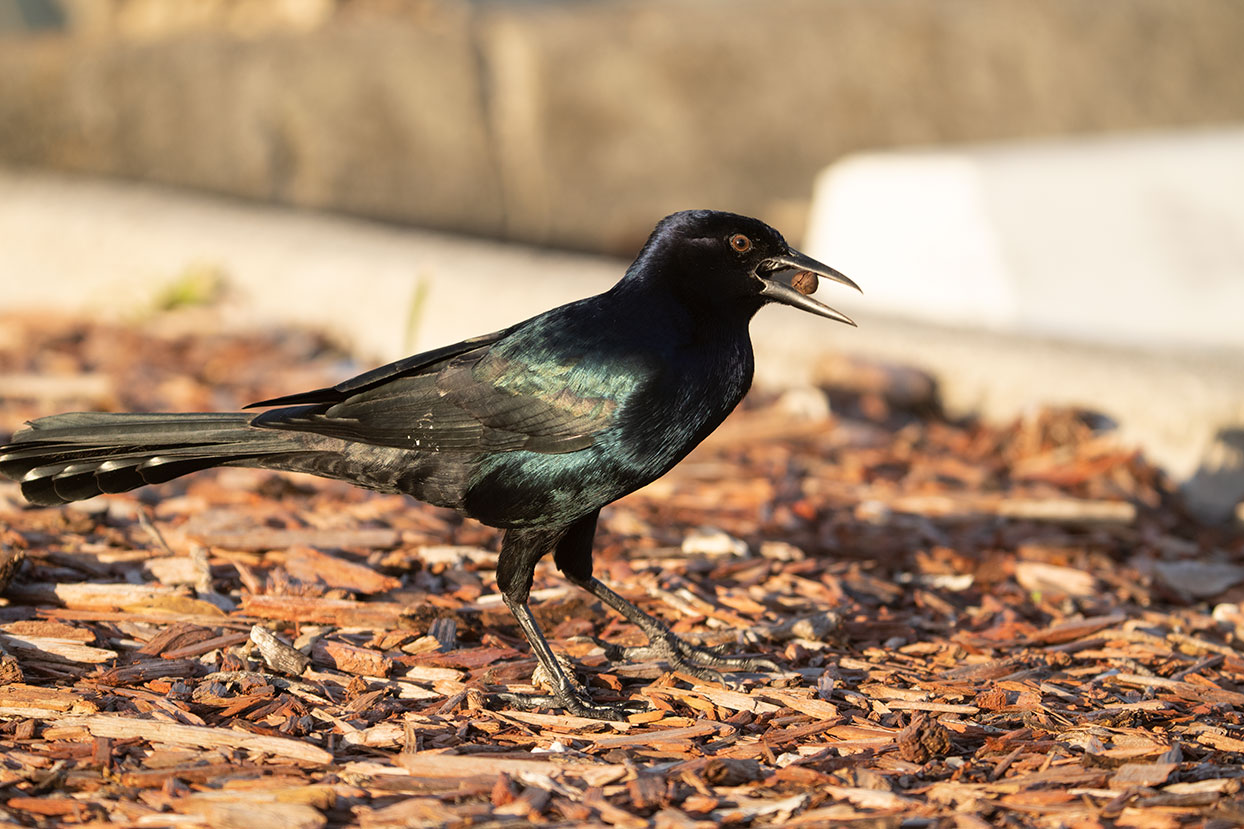
Reproduction
How the anhinga makes new baby anhingas
Breeding is year round in the tropics and seasonal elsewhere. In trees over or near water, anhinga nest colonially with other large water birds, often using old nests.
Courtship begins with the male performing wing waves, reverse bowing, and head swaying. To claim a nest site, he deposits twigs and does aerobatic soaring. Later he brings sticks and leaves that the female weaves into a bulky platform. After she lays 2 to 6 eggs, the pair shares the brooding for the 25 to 30 days till hatching. When switching places, they often perform recognition displays such as stretching out or entwining their necks as well as vocalizing. Males are aggressive in defending the nest. They spread their wings and snap at intruders.
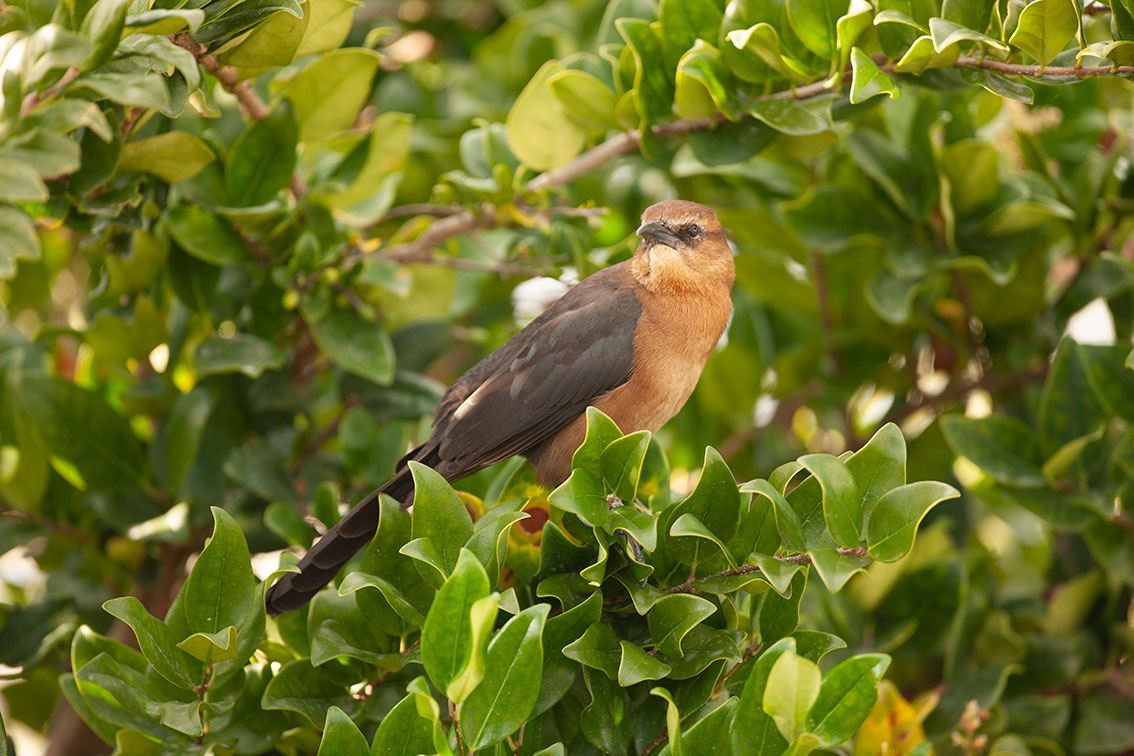
THE FACTS
Get to know more about the species
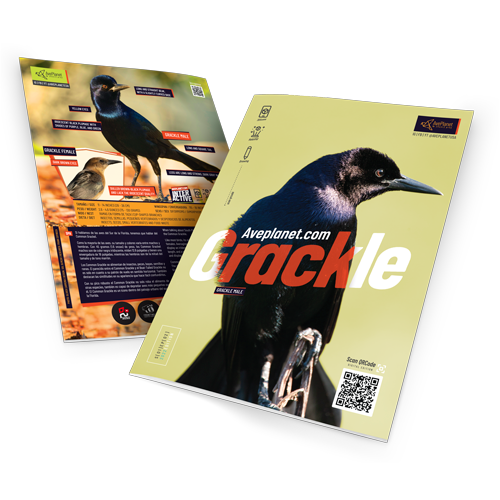
Find Our Brochure
An interactive educative tool
This fascicle contains important information about each species, as well as a QR code that will take you to our project's website, where you will be able to surf through the different species with audiovisual and educational information.
Our print version is super high resolution, very fun, and educative. You can have them in your organization by becoming a sponsor.
DOWNLOAD PDF


